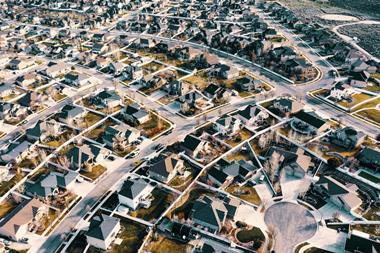A survey carried out by real estate associations has revealed that institutional investors plan to increase their preference for riskier strategies, partly due to low-interest rates and a shortage of core assets.
The global Investment Intentions Survey 2020, published by INREV, ANREV and PREA, stated that North American investors increased their allocations to opportunistic investments from 15% in 2019 to 37%.
Investors from Asia Pacific increased their exposure to opportunistic strategies from 3.3% to 7.2% as well as raising their allocations to value-added strategies from 6% to 9%, over the same period.
European investors slightly reduced allocations to opportunity from 5.6% to 5.4%, focusing on core instead.
The survey which attracted 140 respondents (125 institutional investors and 15 fund of funds managers), stated that 20% of global investors investing in Europe – including a majority of those domiciled in the region – cited “opportunity” as their preferred investment style. This is up from 9.8% last year.
The move up the risk curve is also the result of investors having on average allocated more than 12% of their total managed real estate assets to opportunity strategies in 2019 – an increase of almost 50% compared with the previous year, the survey stated.
The survey revealed that 61% of the €98.1bn of new capital expected to be invested in real estate globally in 2020 will come from investors in Europe, with North America and Asia Pacific investors contributing just under 20% each.
The contribution from European investors is expected to rise from €32.5bn in 2019 to an estimated €54.1bn over the next two years, the survey stated.
Lonneke Löwik, INREV’s CEO, said: “These findings point to a curious mix of investor sentiment. The continued lower interest rate environment looks like being an important driver for 2020, as investors seek returns from real assets including real estate; and the shortage of core assets is driving investors further up the risk curve.
“Interestingly, while investors in North America have long had an appetite for opportunity style investments, their counterparts in Asia Pacific who have tended to be more cautious in the past, are also now slowly moving up the risk curve.”
Löwik said as global capital continues to flow, off-shore investors are increasingly looking for local partners, “further stimulating the focus on non-listed real estate”.
















